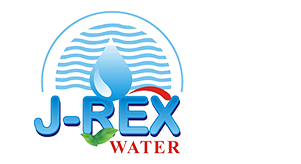Water, the elixir of life, embarks on a remarkable journey before it quenches our thirst from the tap. Understanding this journey sheds light on the intricate processes that ensure the water we consume is safe and pure.
The journey begins at the source – be it a pristine mountain spring, a deep underground aquifer, or a meandering river. These sources provide the raw water that holds the potential to become a life-sustaining liquid. However, before it reaches our taps, it must undergo a series of meticulous steps.
The first crucial stage is water extraction, where the raw water is sourced from its origin. This may involve wells, pumping stations, or reservoirs strategically located to capture the purest water available.
Once extracted, the water enters the treatment phase. Water treatment plants employ advanced processes like coagulation, flocculation, sedimentation, and filtration to remove impurities, suspended particles, and contaminants. Chemical treatments and UV disinfection further ensure the elimination of harmful microorganisms.
After thorough purification, the water is ready for distribution through an intricate network of pipes and infrastructure. This network spans vast distances, connecting the treatment plants to communities, homes, and businesses.
The final leg of the journey is at our taps. When we turn on the faucet, the water that flows forth has undergone rigorous testing to meet or exceed strict quality standards. Regular monitoring and testing at this stage ensure that the water is free from pathogens, pollutants, and any potential health hazards.
Understanding the journey of water from source to tap emphasizes the importance of each step in delivering safe, clean water. It showcases the dedication of water treatment professionals, the significance of advanced technologies, and the collective responsibility to preserve and protect our water sources. The next time you savor a glass of water, remember the incredible journey it has made to quench your thirst and sustain life.


